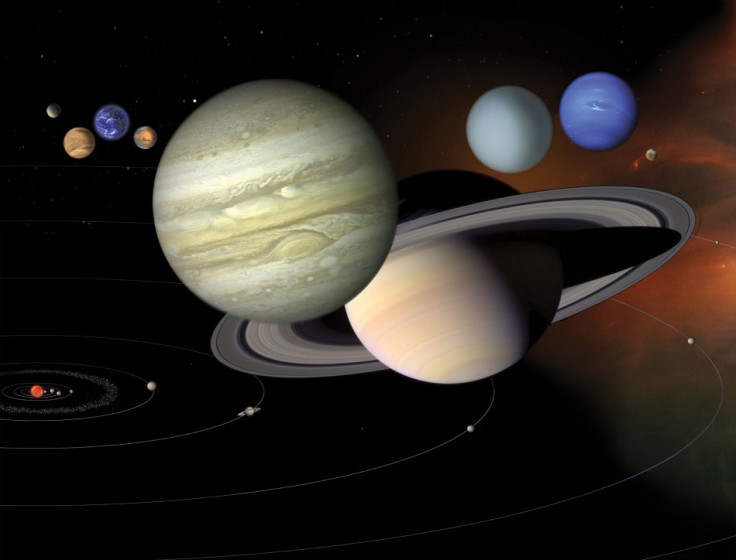Space: We Live Inside A Big and Hot Gas Bubble, Says Study

Recent observations reinforce the idea that the solar system we inhabit is held within a million degree hot gas bubble extending 300 light years across.
Astronomers have since some time hypothesised that a series of massive supernovas in our vicinity, as recently as 10 million years ago, blew away much of the gas particles, writes CNN.
This was corroborated by the observation that interplanetary space was almost empty with hardly one atom per litre.
The detection of x-ray radiation from all around supported the theory that the star explosions had blown away the hot gas leaving behind the "local cavity" filled with X-ray-emitting hot gas, dubbed the local hot bubble.
The theory was then challenged by those who suggested the x-rays were a result of passing solar-wind ions exchanging electrons with neutral H and He in interplanetary space.
Scientists later developed a sensor to measure charge exchange radiation and fired it out of the Earth's atmosphere two years ago.
The data shows that only 40% of the background x-ray emanates from within our solar system. The rest of the glow must come from the hot gaseous walls of the big bubble we live in.
The findings have been published in Nature.
© Copyright IBTimes 2024. All rights reserved.






